Enjoy The Freedom Of A Home Automated System
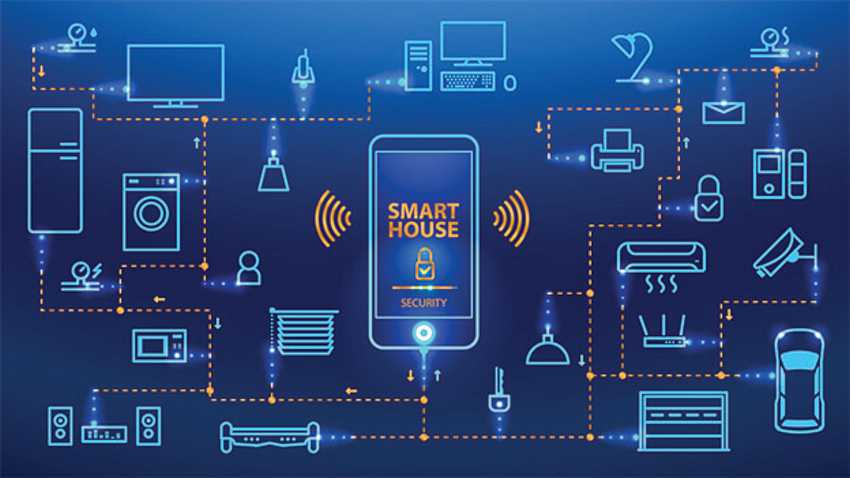
Home Automation System
What is Home automation system?
Home automation systems allow you to view and control the Internet-connected systems in your home. It offers information about your home, which could include checking the security system the current temperature in your house, etc.
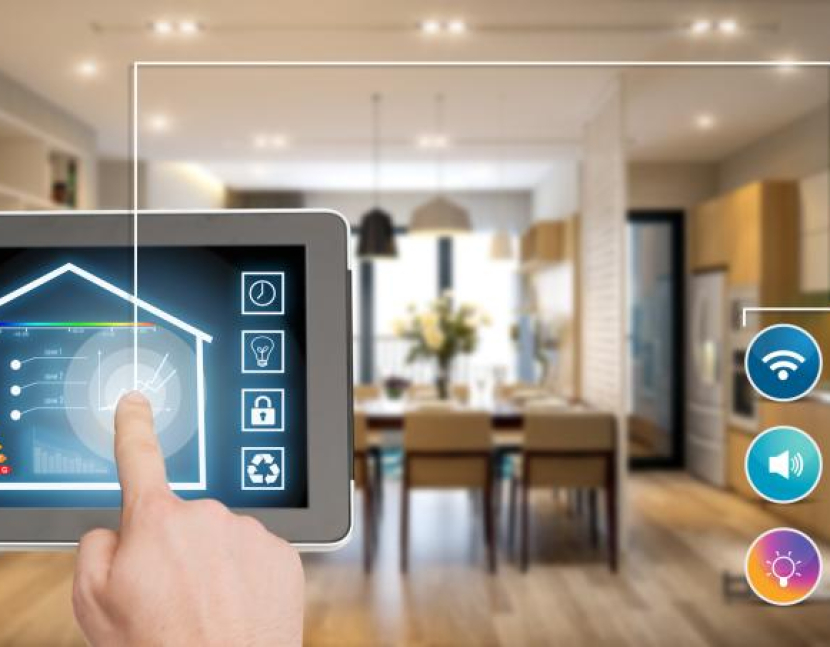
There Are Three Main Types of Home Automation Systems
While providing almost identical functions, there are three main types of smart home automation, they all have pros and cons and with Infofort we will choose which one is best suited for your needs:
1-Wireless Home Automation
Wireless home automation is the preferred option for DIY home automation in properties where modifications are either not permitted or not possible.
These systems run off wireless protocols such as:
- Wi-fi
- Bluetooth
- IR
- Zigbee
- GSM
These systems allow you to control your smart home automation via smart apps and control units that allow for multiple smart and IoT devices.
Pros
It offers full home automation without needing to modify the property or having to run any cables.
Cons
If not correctly integrated there is potential for signal drop-outs or system issues. It can also require multiple apps or wireless protocols.
2-Wired home automation
A wired smart home set-up is the preferred option for serious home automation. A wired home automation system creates a data network, allowing the entire property’s automation to be controlled by a central control centre and smart device master applications.
Pros
It creates a reliable connection, independent network throughout your and provides superior control.
Cons
More often than not it requires invasive wiring and trade work. It can also require a significant investment in IoT devices and smart technologies, so if you are renting your property, you may be better off with the Wireless System.
3-Power line home automation
Power line home automation integrates with the home via the main power and data lines from the street.
Pros
Power line home automation requires no additional cabling work for transferring power and data into the home, as it runs off a pre-existing network.
Cons
This type of system can be complex, may require a lot of trade work and potentially require additional power converters and devices.
Infofort will help you chose the best suited automation system for your needs.
Smart Home Example Functions
Some of the controls you have, and can do remotely anywhere you have an internet connection, with a work PC, a personal laptop, tablet or smartphone.
Smart security systems
Allow you to control, and view your alarms, sensors and audio-visual security recordings anytime from anywhere

Smart access control
Allow you to lock and unlock any automated lock in the house, providing access and safety for loved ones, maintenance professionals and delivery personnel
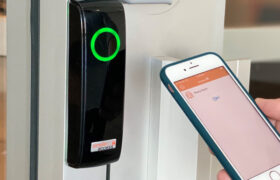
Smart blinds
Allow you to open and shut your curtains in any room of your home

Pet videos and feeders
Allow you to talk and view your pets, as well as release food and water from a smart dispenser

Smart thermostats and air conditioning
Allow you full control of your home’s temperature all-year-round

Smart irrigation
Allow you to control your garden`s water supply remotely, saving water and energy.
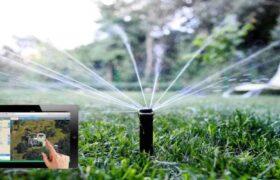
Smart lighting
Allow you to have full control of your internal and external lighting from any area in your house
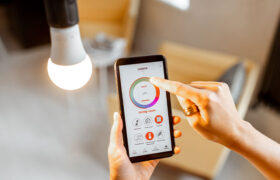
These examples are just to name a few, there is plenty more you can control from anywhere, some functions are designed for your comfort, others to save you money, and in the long run, it will pay for itself.
